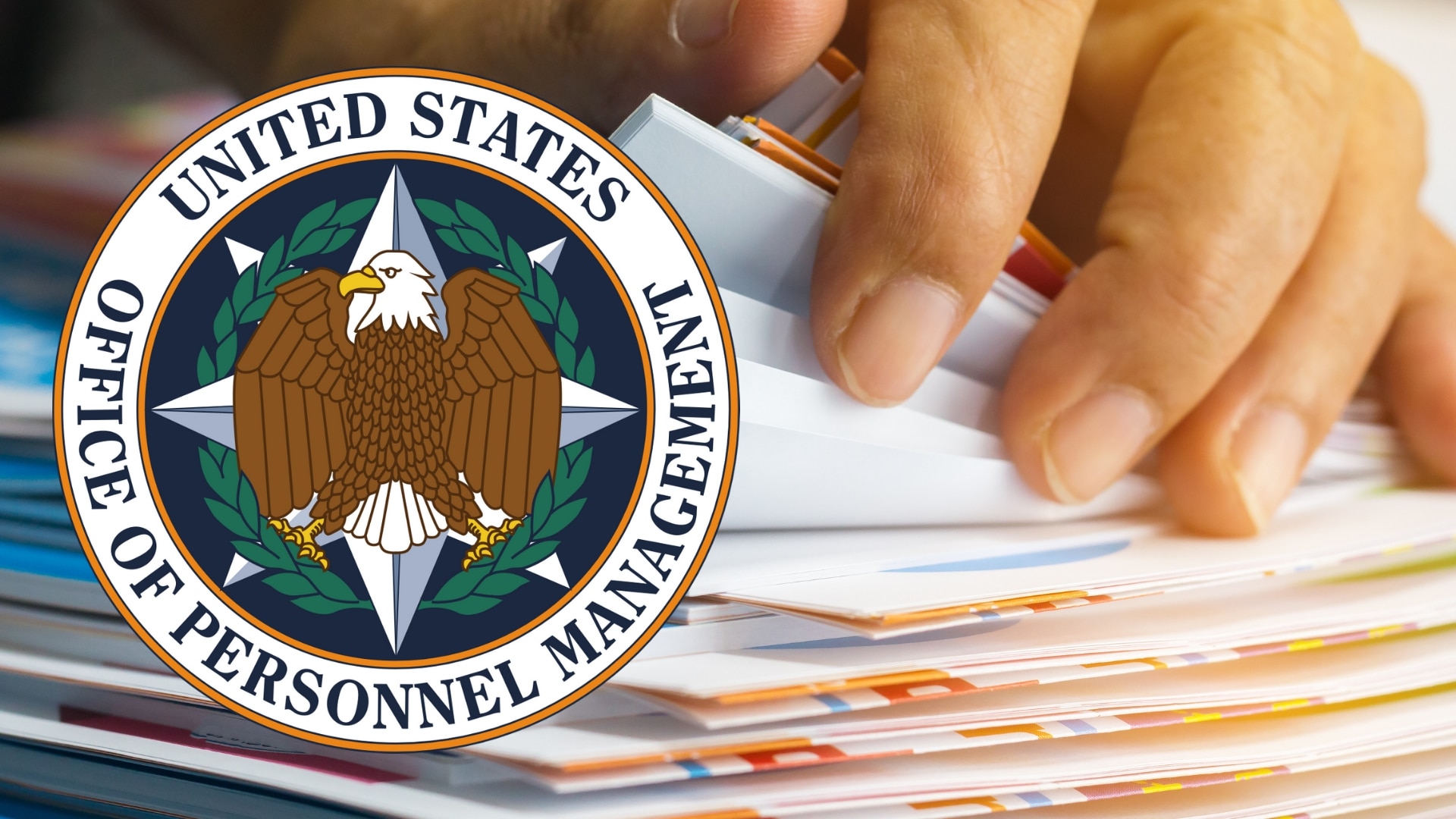
Federal employees who forfeited vacation time in excess of the usual annual leave carryover limit at the end of 2020 may be able to get some of those days back for use later this year, thanks to a policy in the new annual defense authorization law.
The Office of Personnel Management on Tuesday issued detailed guidance covering the new annual leave policy and instructed agencies to implement it.
Under current statute, most federal employees can carry up to 240 hours, or 30 days of leave, though some can accrue more. Employees must usually forfeit any accrued leave that exceeds the statutory limit.
But a provision in the latest annual defense policy bill, known as “section 1111,” set a new, temporary cap on the number of hours federal employees can carry over from 2020 to use in 2021.
For the vast majority of employees, the cap — for 2021 only — is now 300 hours or 37.5 days of annual leave, Michael Rigas, OPM’s acting director, said Tuesday in a memo to agency heads.
Employees stationed outside the U.S. have a higher temporary cap of 450 hours under the new annual leave policy, OPM said.
For federal workers who ended the 2020 leave year with more than 30 days of unused annual leave and thought they’d have to forfeit the time, the new policy allows them to hold on to at least a few more vacation days to use in 2021 only.
The new OPM guidance comes a few days after the Senate completed a veto override of the National Defense Authorization Act. President Donald Trump had vetoed the bill last month before the Christmas holiday.
With the 2021 NDAA now law, OPM can fully implement the new annual leave policy, which has a relatively broad scope for federal employees.
It applies to most executive branch employees, including workers at the U.S. Postal Service, Postal Regulatory Commission, Transportation Security Administration and Federal Aviation Administration, as well as healthcare professionals at the Veterans Health Administration, according to the OPM guidance.
Most members of the Senior Executive Service and employees working for a “non-appropriated fund instrumentality” aren’t, however, covered under the new annual leave policy.
“Executive branch agency heads who administer annual leave programs under any other law must apply the OPM policies described above and in the attached guidance by establishing parallel policies to the maximum extent practicable,” Rigas said. “I am delegating authority to such agency heads authority to implement those policies. This delegated authority does not prevent an agency head from providing a greater benefit under the agency head’s independent leave system authority.”
Postal employees, for example, have a leave and personnel system separate from the one the vast majority of federal employees use, but Tuesday’s memo requires USPS to establish a comparable leave carryover policy reflecting the changes described in the 2021 NDAA.
The new policy itself is complex.
It requires agencies to first apply other leave restoration policies to any vacation time that exceeds the 240-hour carryover limit.
If agencies have exhausted those methods and employees still have forfeited annual leave leftover, they can apply the NDAA policy to prevent forfeiture up to the 300-hour limit.
“If any employee has any remaining annual leave (after applying leave restoration rules) that would otherwise be forfeited under the normal carryover limit (240-hour limit for most employees), apply the higher 125 percent carryover limit under the section 1111 authority to prevent forfeiture to the extent possible under the higher limit,” OPM said. “Any annual leave in excess of the higher limit would be forfeited.”
Employees must use leave carried over through the new policy only in 2021, according to OPM. Employees will forfeit any extra leave that isn’t used in 2021, and it will not count for the purposes of calculating an employee’s lump-sum payment upon retirement or separation.
In addition, employees can’t donate unused carryover leave under this new policy to their colleagues, OPM said.
Employees who carry over more annual leave this year under the new NDAA policy must use that time first — before using any leave they accrued in past years or through restored, donated or advanced annual leave, according to the OPM memo.
Agency human capital leaders have said they’ve been encouraging their employees to take leave whenever possible since the COVID-19 pandemic began in earnest last March. But the ongoing health crisis has created new pressures and more work for many agencies, while others have been reluctant to take time off.
The Office of Personnel Management fast-tracked a new policy this summer that allows certain “essential” federal employees to hold onto the annual leave they’d otherwise have to forfeit at the end of the year. But the new policy from OPM only applies to federal employees whose service during the pandemic or future national emergencies is considered “essential,” and it allowed agencies to make those calls on their own.
Lawmakers made several attempts of their own to allow federal employees to carry over more leave due to the pandemic.
The provision that made it into 2021 NDAA stemmed from an amendment from Rep. Jennifer Wexton (D-Va.), which called for a more flexible leave policy for federal employees due to the pandemic.
The Federal Worker Leave Fairness Act, which Rep. Derek Kilmer (D-Wash.) and Sen. Mazie Hirono (D-Hawaii) introduced this fall, also called for any federal employee to hold on to annual leave they’d otherwise have to forfeit during the pandemic.


Comments are closed.